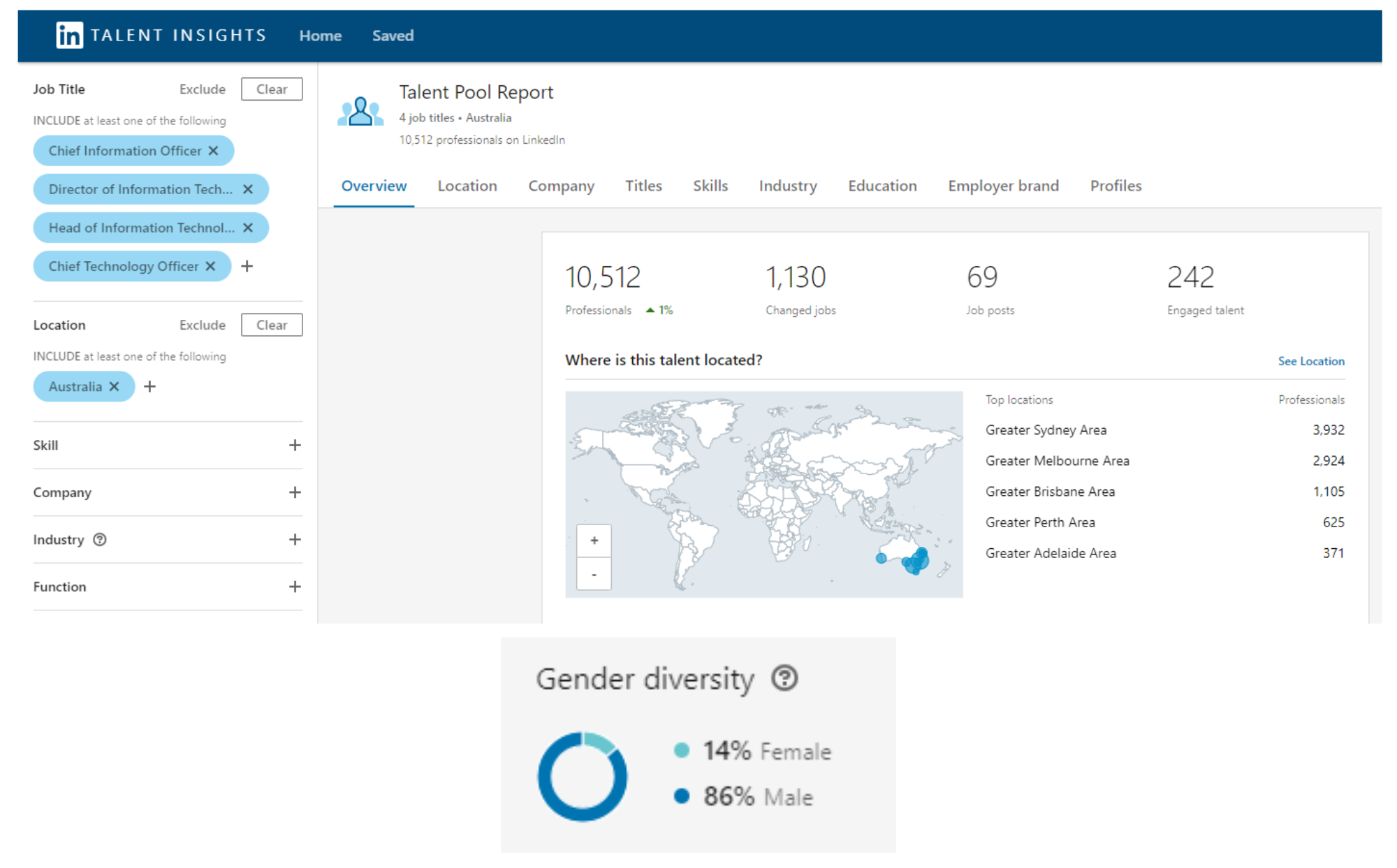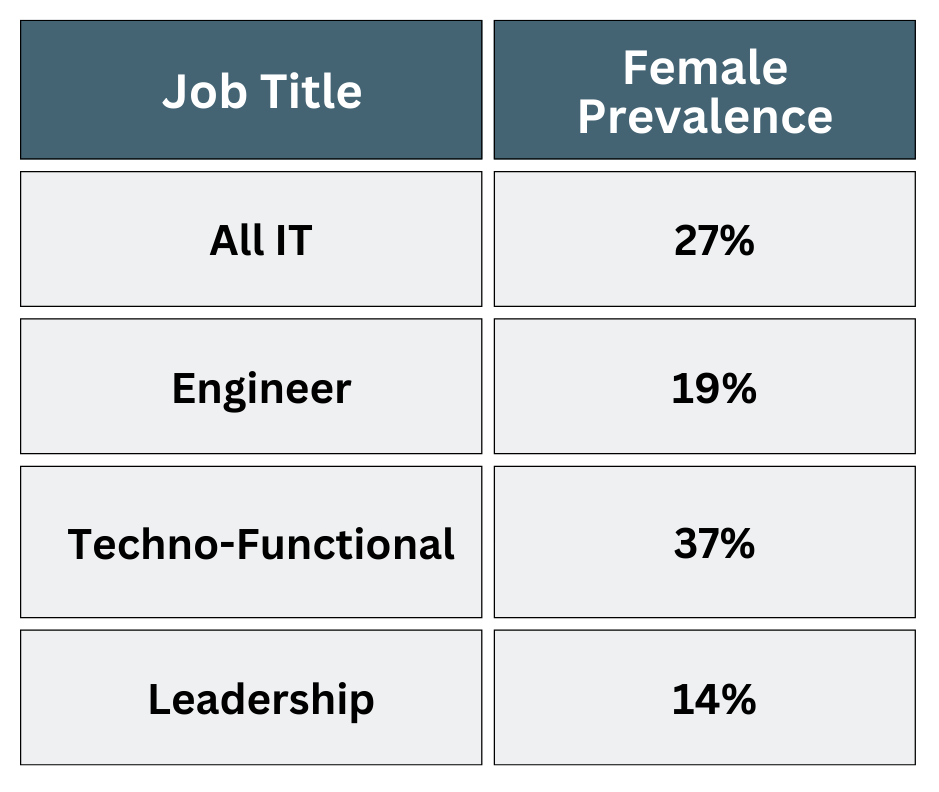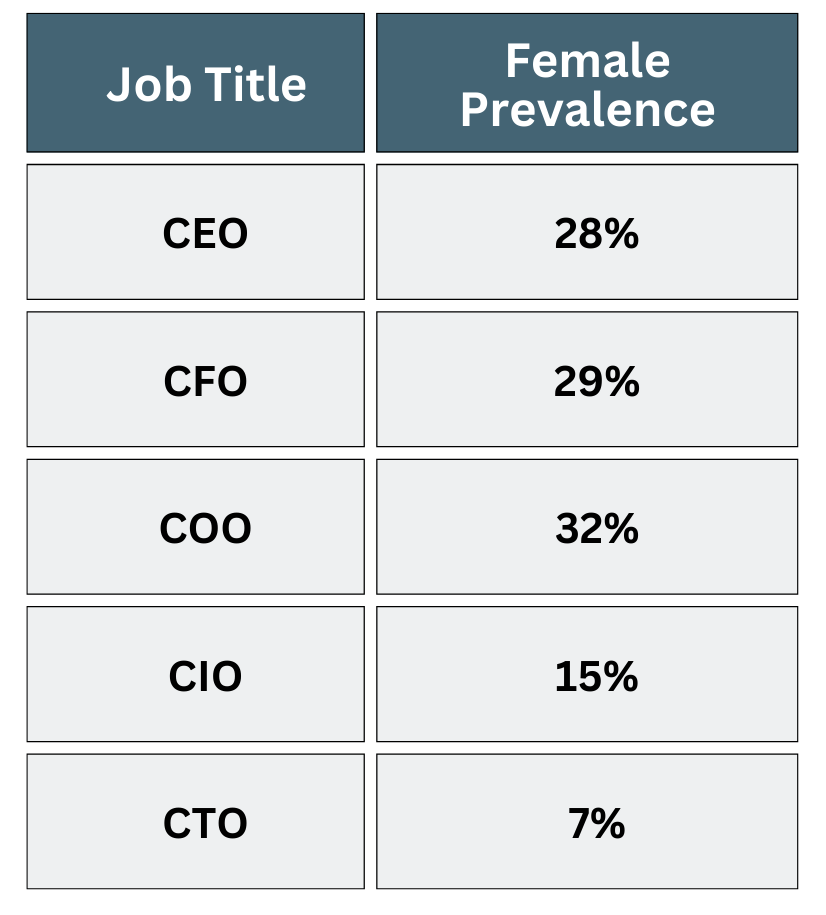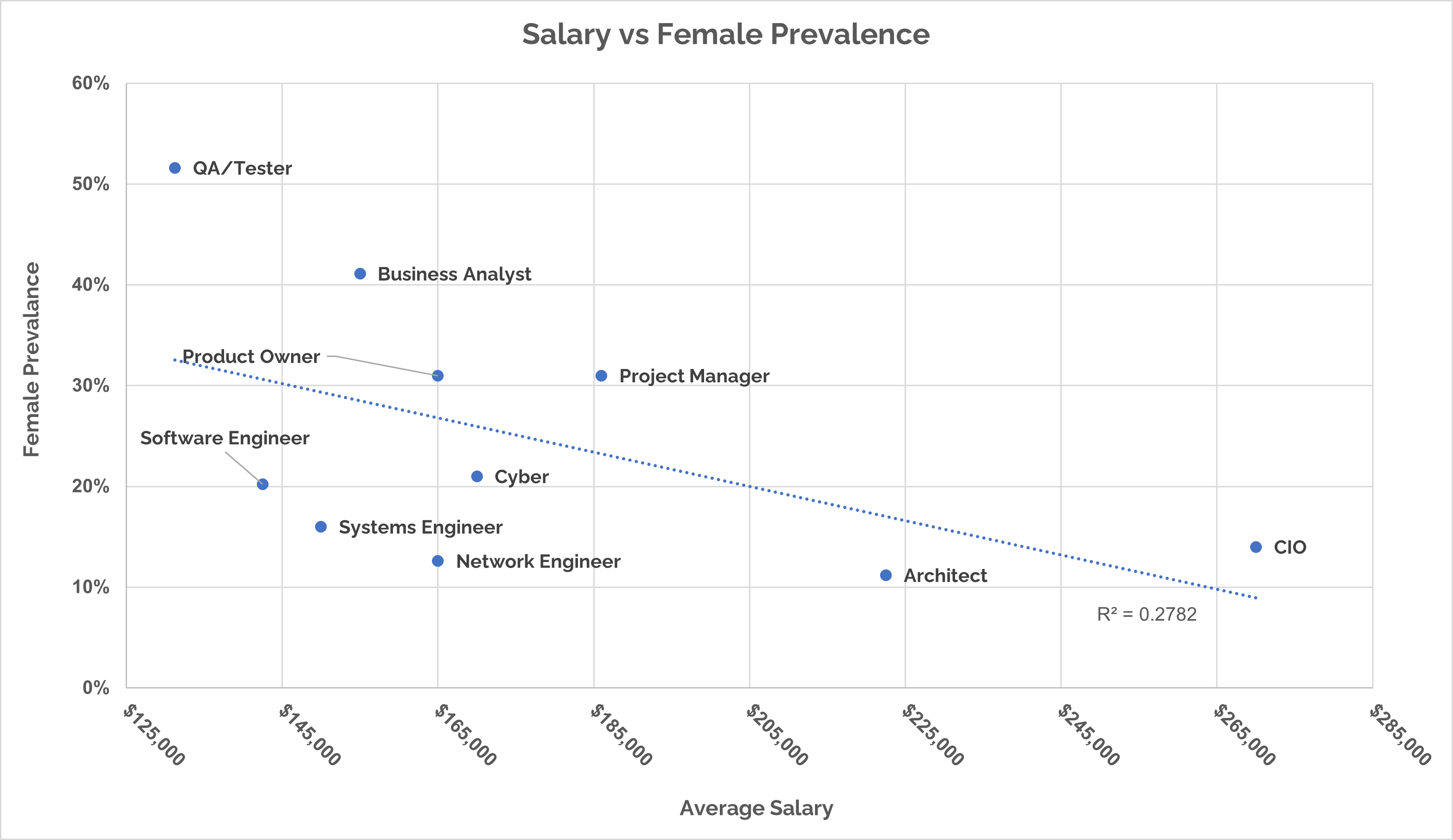
Over the last 48 hours, I’m sure you’ve seen all the news, data, and media commentary about the inaugural WGEA gender pay gaps reporting.
In anticipation of the release of the data I have been researching the gender pay gaps in the IT sector.
For those who have missed it, all Australian companies with more than 100 employees have been required to report on their gender pay gap. This data was published for the first time on Tuesday.
The WGEA data was, to my eye, fairly unsurprising. I assumed, as most people did, that there would be significant gaps between male and female salaries in many businesses. In many cases, this is due to the prevalence of females in certain lower paid functions (retail workers, nurses, aged care, etc), whilst in those same businesses, other higher paid functions (management, sales) have a more male skew.
As much as the WGEA data was interesting, I thought it might be more impactful to understand if there was a gender pay gap within the IT sector. As such, I have spent the last couple of days using my very rusty statistics degree to analyse the data.
I used LinkedIn’s Talent Insights tool, which allows analysis of the demographics of any workforce by geography, gender, skill, job title, and function.

The LinkedIn data is all user generated, so has a degree of inaccuracy, but I find it unlikely that individuals reporting on gender, location etc. would be overly prone to enter incorrect information. For skills, job title, and function there may be a touch more inaccuracy, but I suspect that this would be relatively uniform across populations allowing for relatively accurate analysis.
According to the LinkedIn data there are 503,000 workers in IT in Australia and 27% of those are female. This prevalence is similar to US, UK, and NZ.
As males comprise 73% of the IT workers, and IT is one of the best paid functions in most organizations, it’s very clear that tech is a contributor to pay disparity. But I’m sure we all knew this.
Demographics by Function
Before looking at pay, I thought it was important to understand female participation by function. I divided the data into 3 groups of IT roles – Engineering, Techno-Functional and Leadership and looked at the female prevalence in each.
Engineering roles comprised System Engineer (16% females), Cyber (21%), Network (16%), Software (20%) and Architecture (11%).
Techno-Functional roles comprised Program/Project Manager (31%), Business Analyst (41%), QA/Tester (46%) and Product Owners (31%).
Finally, I looked at CIO, CTO, Head of IT and IT Director which had a female prevalence of 14%.
The overall results were as follows:

We all know that there are few women in engineering roles, with many more, yet still a minority, in functional IT roles. However, I was pretty surprised to see less gender diversity in IT leadership in Australia than the audience of the Taylor Swift concert I recently attended. A female IT leadership prevalence of 14% compared to an overall IT participation rate of 27% is simply shocking.
Cross Leadership Comparison
Is the situation worse in tech than other business functions? Yes. Comparing the IT leadership data to that of other leadership functions, it shows IT has a much lower gender balance.

Salaries
Balance publishes a Salary Snapshot twice a year. We talk to thousands of candidates we have placed, interviewed and negotiated with over the preceding months. So, whilst the salary data is not scientific, we believe it’s very accurate.
The chart below compares the mid-point of the permanent salary range on our Salary Snapshot versus the female participation rate.

We’ve added a line of best fit, which shows there is a correlation between salary and gender. For the stats and data people, the R-squared is .28. For the rest of us, an R-squared value represents ‘the extent to which the variance of one variable explains the variance of the second variable’. I spoke to an Associate Dean of Diversity & Inclusion from one of Australia’s major universities this week who confirmed our data suggests that 28% of the difference in tech salaries can be attributed to the higher prevalence of women working in the lower paid tech roles (such as Tester). The other 72% would be explained by factors such as experience, skill, etc.
Obviously, we have 2 inexact data sets, so I don’t want to be too definitive on the exact extent of the issue. However, even allowing for a generous margin of error, it’s very clear that the IT sector is contributing to the gender pay gap, not just because it’s a sector that pays well above average and has a low female participation rate, but because the higher paid roles in IT have a lower number of women working in them.
Conclusion
Australia has been focused on Closing the Gap on indigenous outcomes for many decades, similarly closing the gender pay gap is the work of several generations. For IT, I believe we have made much progress on encouraging young women to pursue STEM studies to facilitate higher participation rates in tech in the long term. I do suspect that the release of this WGEA data will see an increase in the short-term fix preferred by many businesses of actively head hunting female tech workers. Yes, this does boost an organisations gender equity data but simply rearranges workers leaving the big picture unchanged.
Overall my concern does not relate to pay equity for the same role (men being paid more for the same role), we have not witnessed any conscious bias from any of our customers, nor heard of any occurences. I’m somewhat concerned that there are such small numbers of females in the engineering roles. However, I feel this will improve over the coming decades. My main concern relates to the low number of IT leaders relative to the overall participation rate. It appears we do not have effective pathways to ensure females can reach leadership roles in equitable numbers. I think this is where our immediate focus should be.
*Note on Software Engineering salary. You’ll note that Software Engineers midpoint salary is lower than that of other engineering roles. I believe this is because SW Engineers often leave uni and go straight into an engineering role. Whereas we see far fewer network, cyber and system admin roles straight out of university. We often see the infrastructure grads gravitate through desktop and service desk roles as a stepping stone.
Note: LinkedIn has only 2 options for gender.